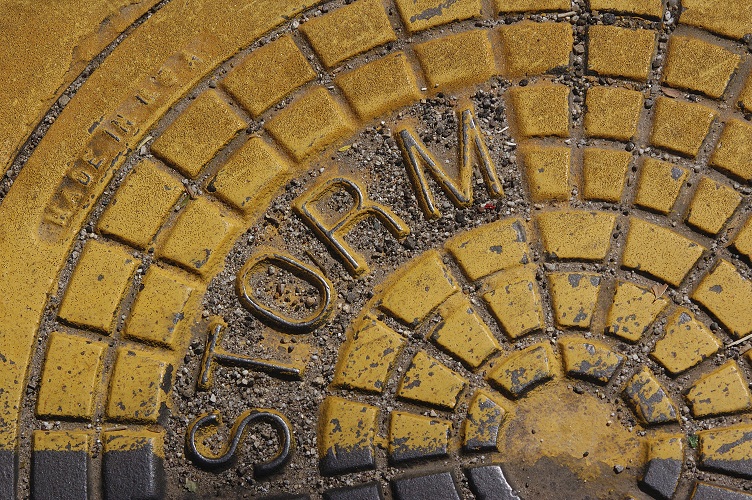The effort by the U.S. Environmental Protection Agency (EPA) to analyze costs and benefits for the upcoming stormwater rule highlights an interesting question. What is stormwater worth as a resource, and how is its value measured? A new book—Economic Incentives for Stormwater Control—edited by Hale Thurston with EPA’s Office of Research and Development, provides some answers, while two real-world applications put the book’s theoretical conclusions to the test.
In the book, Thurston presents an overview of stormwater-focused cap-and-trade programs for addressing combined and separate sewer overflows. More specifically, he discusses a variety of administrative structures and alternatives for implementation. One successful framework Thurston describes is a volume-based management strategy, which he states will be most successful using a third party to oversee trades and financial transactions.
Programs in the District of Columbia and Fredericksburg, Va., provide two examples of incentive-based economic frameworks for stormwater management. In both cases, the programs center their frameworks not on a specific pollutant transported by runoff, but rather on stormwater runoff volume itself.
This framework reflects conclusions made by the U.S. National Research Council’s 2009 report on urban stormwater runoff. It states that the “convey, detain, treat and release” mindset that has defined the stormwater paradigm over the last two decades is not adequately addressing stormwater pollution. Instead, a clear focus on capture and retention of onsite-generated runoff is needed to more effectively manage stormwater runoff.
In the District of Columbia, staff members leading the formation of a Stormwater Retention Credit (SRC) Trading Program worked closely with the development community and environmental stakeholders to fashion a practical and feasible framework.
“Their suggestions will certainly enhance the program, which has the potential to create more green jobs for district residents, provide increased flexibility for regulated sites, more green infrastructure in our communities, and provide greater benefit to the district’s waterbodies,” said Brian Van Wye, who is leading the development of the D.C. Department of the Environment’s SRC Trading Program.
The City of Fredericksburg collaborated with a nongovernmental organization— Friends of the Rappahannock. The program uses an onsite volumetric target but allows for offsite volume offsets that are set at compensatory ratios. This provides net reductions in urban runoff and pollution generation while enabling redevelopment on sites where stormwater management options are constrained.
“We are excited about providing a cost-effective, market-based solution that gets at baseline stormwater pollutant loads from sites that were developed before stormwater ordinances became common,” said John Tippett, executive director of Friends of the Rappahannock.
To kick-start the runoff generation program, Tippett and others focused on codes and ordinances tied to stormwater management, along with efforts to engage private parties. “Currently, we have the enabling codes in place and two entrepreneurs who are willing to construct volume control (infiltration) practices on their property to ‘prime the pump’ for volume credit generation,” Tippett said.
While the two programs target vastly different communities, they illustrate possible future frameworks in stormwater management financing. Click here for more information on Economic Incentives for Stormwater Control.





